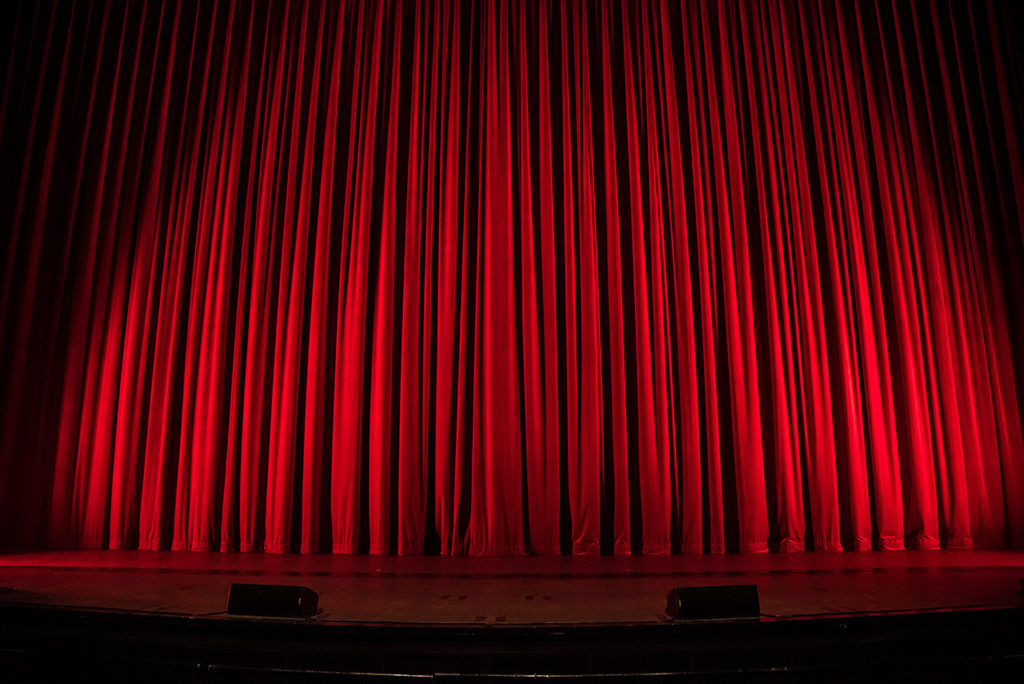
Table of Contents
Defining the Purpose of Home Theater Curtains: Light Blocking or Sound Absorption?
Home Theater Curtains have many functions to them. You must first define why you are searching for home theater curtains. Are these home theater curtains to keep light out or to absorb sound energy? If these home theater curtains are for sound then we need to look at the sound absorption capabilities of any home theater curtain. Are these curtains going to be used for both light blocking and sound absorption? Most “curtains” per se do not do both well.
You must look at the curtains’ specified properties and then be able to interpret what all those numbers mean. Let’s examine sound absorption first, since that is our area of specialty at www.acousticfields.com. When we are dealing with any fabric type as a sound absorber, we must first look at the density of each fabric which is its weight / sq. ft. We manufacture our own sound absorbing foam technology that is used to manage reverberation.
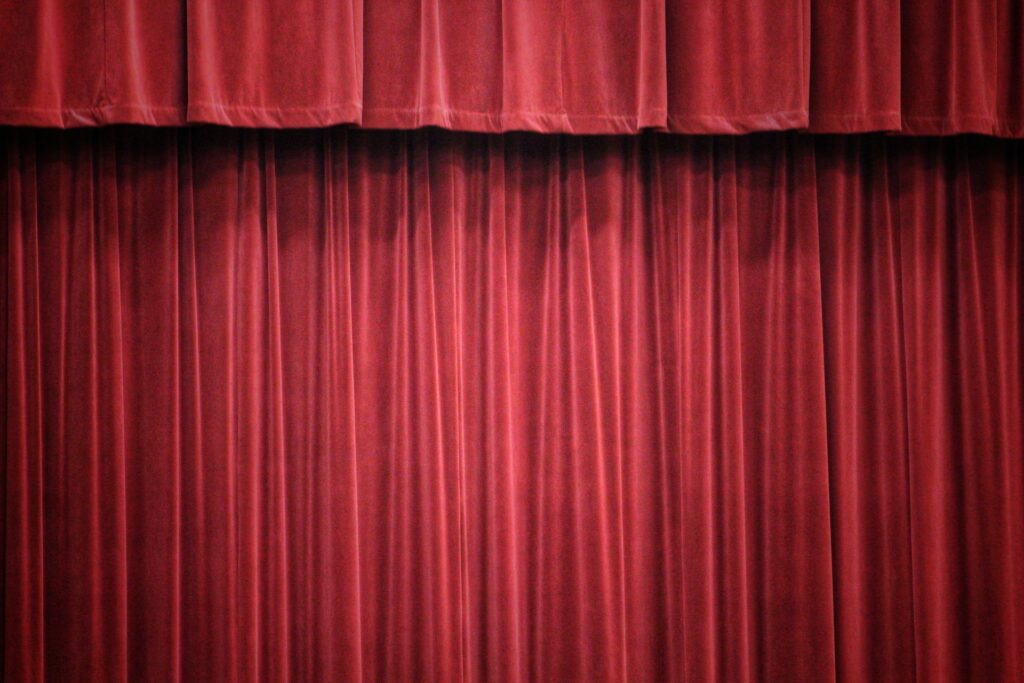
Focusing on Sound Absorption: Exploring the Capabilities of Home Theater Curtains
If our objective with home theater curtains is sound absorption then we must look at the frequency range that we must have to manage reverberation. Reverberation is defined as to how long a sound stays around within the room after it has been sung, spoken, or played. Reverb is caused by the reflections from our walls, floors, and ceiling. Every one of these surfaces contributes approximately 17% to the reverb time signature.
We must treat these surface areas with sound absorption. A curtain can be used to absorb the excess energy of the reflections if the curtain has the proper rate and level of absorption. The rate and level of absorption the curtain exhibits is critical to absorbing enough energy to manage the reverb energy. And here is where the problem lies with curtains. At Acoustic Fields, we can assist you with reverb.
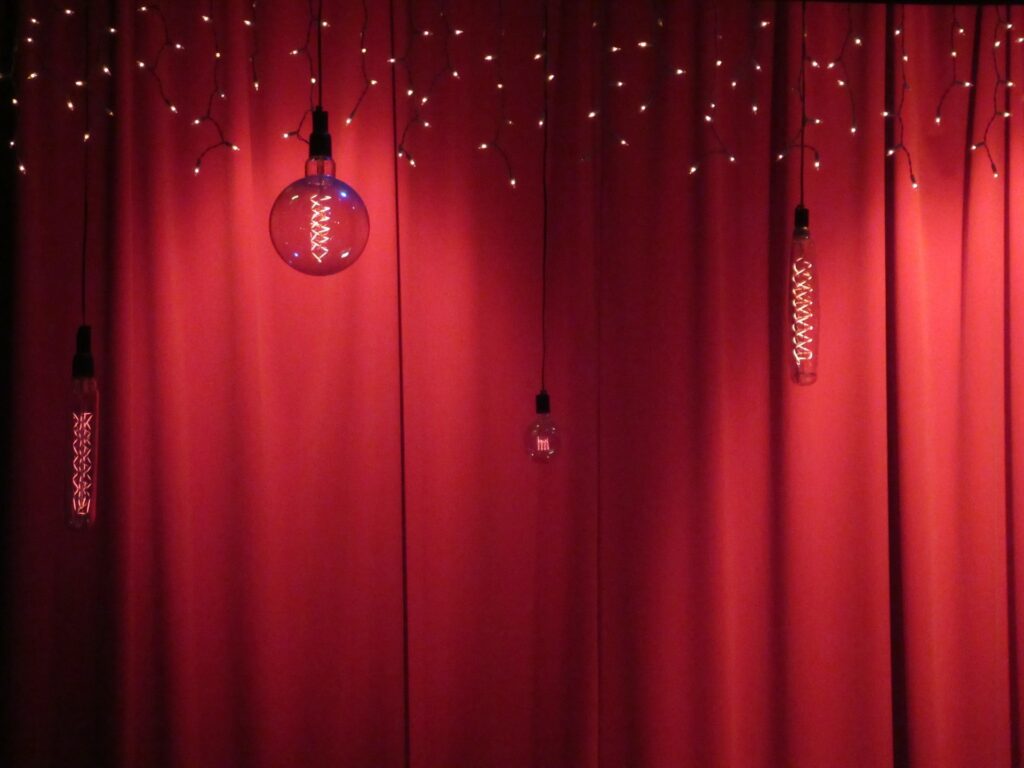
The Challenge of Finding Curtains with Adequate Sound Absorption
In order to absorb enough energy with the proper rate and level of absorption using a fabric, we must venture into the unknown, since most curtain manufacturers do not test their curtains for sound absorption properties so we have no data to work with. We have had some experience with a certain type of curtain called a stage curtain. A stage curtain is a heavier material type.
Stage curtains do have published sound absorption data and here is where we must look for our reverb solution. When we are dealing with reverb, we must focus on the frequency range from 125 – 500 hz. This is the most critical frequency range for managing reverberation. Let’s look at some of the published data.

Understanding Sound Absorption Data for Stage Curtains
We can see from the data above that there is very little absorption occurring in the 125 – 500 hz. region. We need to see numbers of .80 or .90 in the frequency range from 125 hz. – 500 hz. These numbers mean we are absorbing 80 and 90 % of the energy per square foot at those frequencies. As you can see in the graphic we do not get close to those absorption coefficients.
Let’s look at the density or weight per sq.ft. of the curtains shown. Some are 10 oz., 14 oz., and 18 oz. Notice as the density or weight of the drape increases, the absorption coefficient goes higher. The weight of the fabric is a benefit. Using this data as our guide, we need to look at drapes that have 36 oz. of weight per sq. ft. If we are going to get close to our target goals of 80-90%.
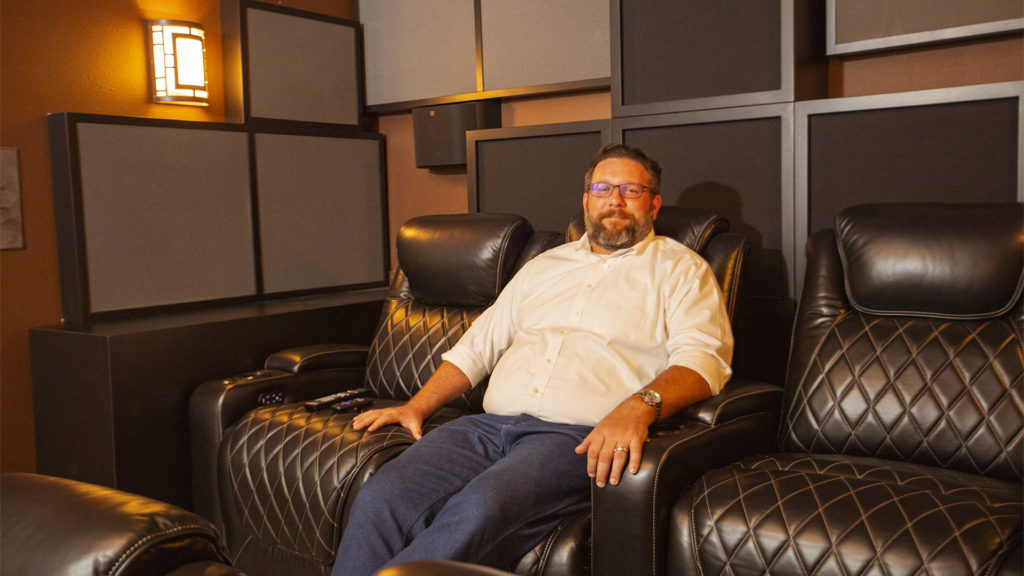
Turning to Theater Drapes: A Solution for Home Theater Acoustics
With a weight goal of over 2 lbs. / sq. ft. as our target density, you can see that limits the curtain type we can use. In order to achieve that density with a fabric, we will have to use a drape that has multiple layers to it. It is difficult to find fabric that is that heavy in weight in a single sheet. You will have to sandwich many sheets together to achieve our target density goals.
The theater industry is where we must look at. Theater drapes are used to cover the stage and open when the performance is ready to go. These theater drapes can be seen hung on the sides of the stage, the rear wall, and of course the stage front curtain. These drapes or curtains will have the proper densities to assist us with lowering our reverb times.


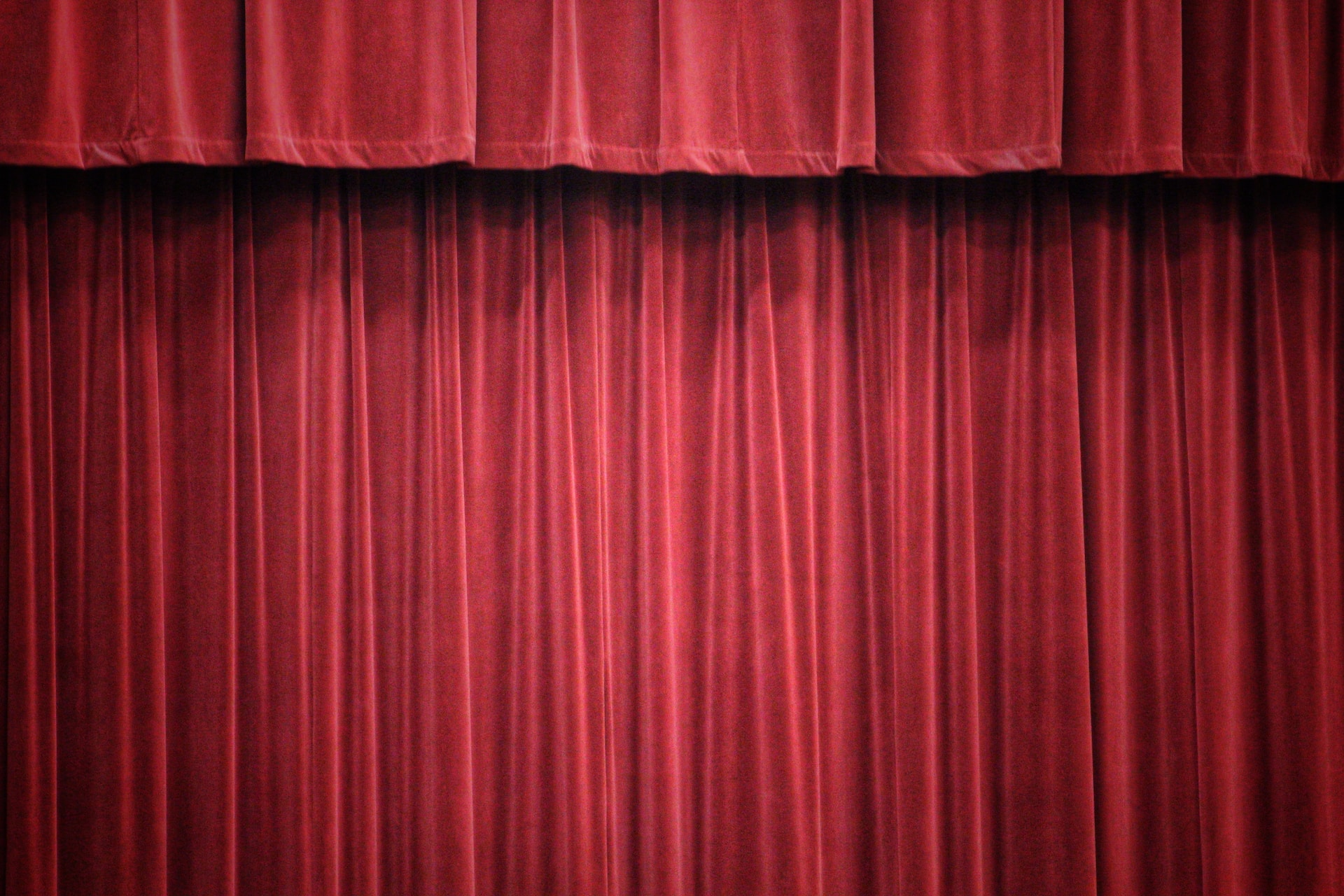





The discussion on ductwork noise transmission from Acoustic Fields highlights crucial aspects of HVAC system acoustics. The movement of air…
Great build plans. thank you Denis
You must use absorption. Never place a chair against a wall.
A friend and I built several diffusors using these plans and they turned out absolutely beautiful. Very good instructions and…